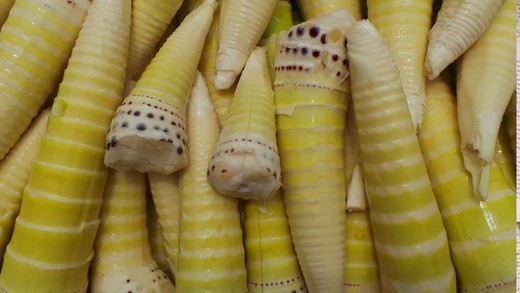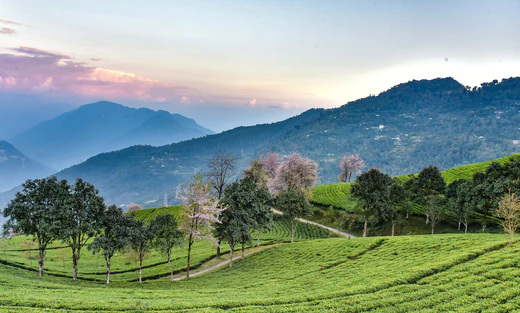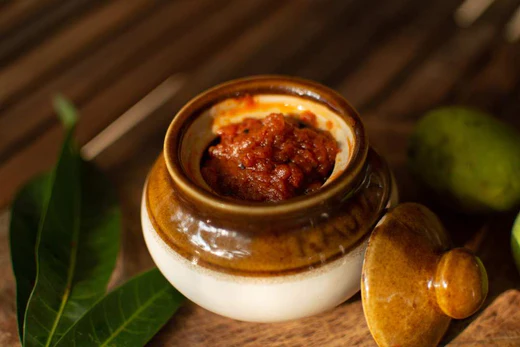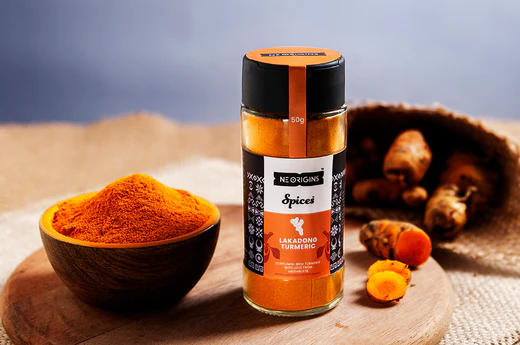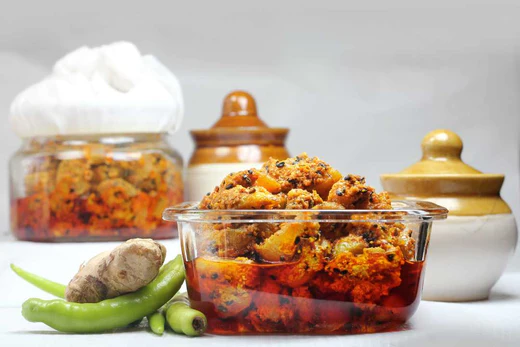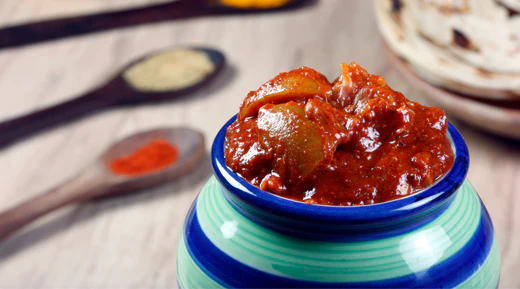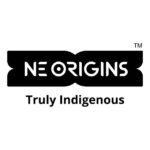Bamboo shoots are the edible sprouts of several bamboo species. There are over 1700 species of bamboo, of which only about a 100 are safe and beneficial for human consumption. Versatile in nature, bamboo shoots can be consumed in more ways than one and can serve as an ingredient in a variety of curry preparations, pickles, and many others. Bamboo shoots are used extensively by countless communities in North-east India both as food and flavouring agent. The style of preparation varies from region to region, so do the preference of the type or species. A large chunk of the Northeast, almost ten per cent of the total geographical area is covered by bamboo. Hence, it is hardly surprising that bamboo shoots occupy an integral place in the region’s food culture. The preparation and storage of bamboo shoots are commonplace in a vast majority of households in the region.
Almost all existing species are consumed by the people in the region, however, the preference of these species differ according to the tribe and region. For an instance, the people of Meghalaya mostly prefer the young shoots of Dendrocalamus hamiltonii, D. calostachyus, D. hookerii, D. sikkimensis, Gigantochloa albociliata and G. apus, while the mizos’ taste palette lean more towards the young shoots of Melocanna baccifera (Mautak) and Phyllostachys mannii. The former species are characterised by bigger-sized shoots, bitter in taste while raw and are rich in cyanogenic glucosides. They are suitable for fermentation and have a long shelf life when kept in plain water. The latter, on the other hand, taste sweet and have comparatively very little cyanogenic glucoside.
There are myriad ways in which bamboo shoots are prepared and consumed in Northeast India. Some species of bamboo shoots like Phyllostachys mannii, Melocanna baccifera, Bambusa nutans, B. tulda, Dendroclamus sikkimensis, D. giganteus and Chimonobambusa callosa have a low content of cyanogenic glycosides, because of which they taste less bitter and do not smell as pungent other species. Such species are mostly consumed fresh. The edible portions are extracted by getting rid of the sheaths wrapped over the shoots which can then be used in the preparation of bamboo shoot achar or added generously to a vegetable mix or curries of pork or chicken to make them more flavoursome and aromatic. Some famous indigenous bamboo shoot recipes of the region include usoi-ooti from Manipur, Rawtui-bai from Mizoram, Mia-gudhong from Tripura, and Pdam from Meghalaya, just to name a few.
Some health benefits of eating Bamboo shoots:
Extremely nutritious:
Bamboo shoots are packed with proteins, carbohydrates, fibre and minerals. They also have a very low fat and sugar content which makes it safe and ideal for consumption even for diabetic patients. The fibres help maintain a healthy gut. The calorie count of bamboo shoots hardly exceed 20 calories per 100 grams, hence one can consume bamboo shoot with very little worry.
Strengthens the immune system
Rich in essential vitamins and minerals, bamboo shoots greatly aid in maintaining a solid immune system.
Improves overall skin health:
Bamboo shoots have a high concentration of silica content which increases tissue levels of hydroxyproline, an amino that plays a key role in collagen and elastin synthesis. Collagen keeps the skin youthful while elastin allows the skin to be flexible and bounce back to its original state.
Controls blood pressure:
Bamboo shoots are a rich source of potassium, a component that helps control heart rate. Moreover, by controlling the levels of sodium, it keeps blood pressure under control.
Methods of preparing bamboo
One of the most popular methods of preparing bamboo shoots is through fermentation, a process that drastically increases their longevity and further brings out the flavour and aroma of the shoots. The process of fermentation again varies from region to region. Here are a few examples:
Manipur:
In Manipur, fermented bamboo shoots go by the name ‘soibum’ or ‘soijin. The bamboo shoots that go into the making of soibum or soijin are made to sit in an earthen pot. For this purpose, the species Teinostachya wightii, Dendrocalamus giganteus Munro, Dendrocalamus giganteus munro, Melocana bambusoides trin and Bambusatulda Roxb is used. The tips of these bamboo shoots are submerged in an earthen pot filled with water, to which sour liquid from a previously fermented batch of fermented shoots is added. The tips are then left to ferment in the solution for almost a week. To further add to the flavour and aroma of the bamboo shoots, leaves known as Heibung are also added into the mix.
Meghalaya:
People in Meghalaya mainly use the shoots of the Dendrocalamus hamiltonii for fermentation wherein chopped shoots of these species are left to ferment in a water-filled container made out of bamboo. These storage units made out of bamboo are stuffed with bamboo shoots and covered with a muslin cloth while being tightly sealed on the other end. These bamboo cylinders are then hung over a water body. The fermentation in such an arrangement takes about 3-4 months to complete. The end product is called “Lung-Siej.”
Nagaland:
Some of the tribal communities in Nagaland also ferment bamboo shoots wherein the shoots are stuffed in a conical bamboo basket impaled with a hole on its rear end to squeeze out the juices which are then stored and brought out of the pantry whenever the occasion calls.
TRIPURA:
Various tribal communities in Tripura also ferment bamboo shoots in earthen pots which go by the names Moiya koshak (Debbarman and Uchoi Tribes), Medukeye (Chakma Tribe) or Melye amiley (Chakma tribe).
ARUNACHAL PRADESH:
In Arunachal Pradesh, Bamboo shoots go by different names depending on the dialect and tribe of those preparing it. Examples are Ekung from the Nishi community, Iku from the Adi community and Hikku from the Apatani tribe. Bamboo shoots, of the species Dendrocalamus giganteus munro, Bambusa tulda roxb, Bambusa balcooa roxb and Phyllostachys assamica gamble ex brandis are selected and defoliated. Then they are sliced into long and thin finger-like shapes, after which they are thoroughly washed and dried. In the woods, a pit is dug near a water body in preparation for a fermentation space. The sliced bamboo is laid in a bamboo basket and wrapped with leaves. The baskets are then submerged in the pit with heavy stones pressing down on the basket to expel excess water out of the shoots. Thus begins the process of fermentation. The whole process takes anywhere between 1-3 months, after which the fermented shoots or the ekung are taken out of the basket and stored in air-tight containers. The fermented shoots can then be used to cook to enhance meat preparations, vegetables and fish or sold as they are in the local markets.
Sikkim:
In Sikkim fermented bamboo shoots are called mesu which are collected from the species Bhalu Bans, Chuya Bans and the Karati Bans. Plucked shoots are and peeled and chopped into thin sticks. After giving a thorough washed, the sliced pieces are dried and stuffed inside bamboo stems. The stems are left to ferment in anaerobic conditions for 15-16 days.
These are some of the unique and diverse methods of fermented bamboo shoot in Northeast India.To experience the uniqueness that authentic bamboo shoot preparations from the northeast offers, head to www.neorigins.com. 10% off on all products till November 30.

